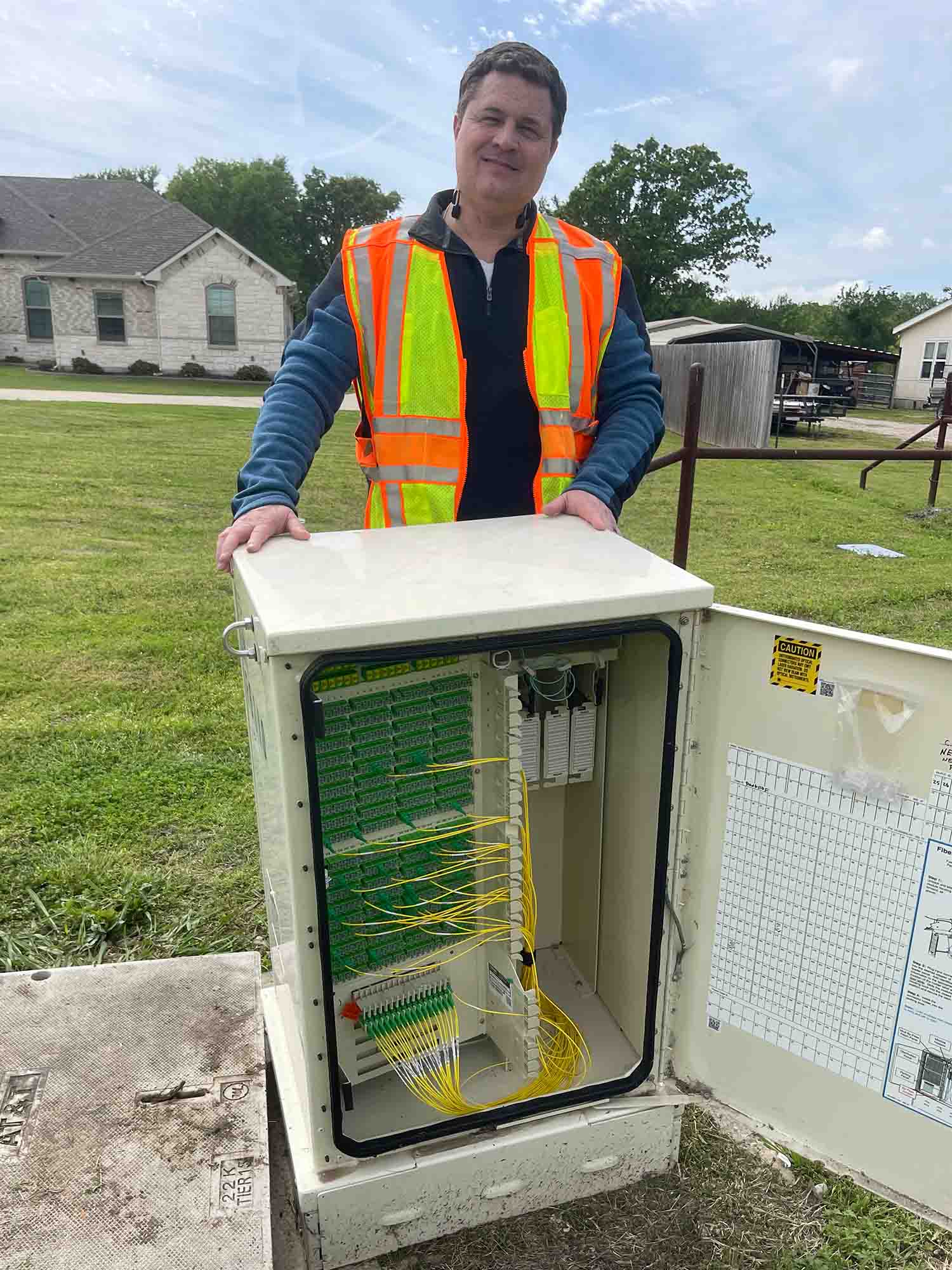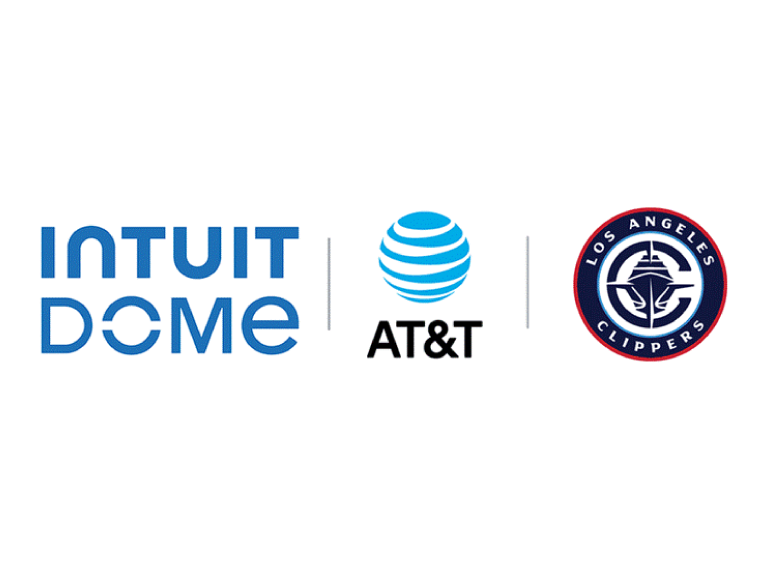
Takeaways:
- For decades, AT&T has been innovating and resetting the bar for how people connect with one another.
- In the 1990s, AT&T Labs’ Eddy Barker helped create ‘fast and always on’ connectivity with DSL.
- Today, Eddy Barker and his team are pushing the internet to higher speeds with AT&T Fiber.
Today, we celebrate 31 years since the World Wide Web was launched into the public domain. This marked the beginning of what we know today as content sharing - the moment when the internet really took off.
This was around the same time Eddy Barker joined AT&T. As a young engineer, Eddy knew the internet was about to change the world, and he wanted to be part of making that happen.
In those days, people connected to the internet through a dial-up modem. You would plug your computer to the modem, "call" the internet, and then, in about 30 seconds, you were connected. But Eddy knew that dial up internet would not be enough for the technological advancements that were about to come.
The maximum speed of the internet then was roughly 56 kbps. This meant downloading a web page could take several minutes. Downloading a song could take five minutes or more, and low-res video downloads were often an overnight project. And hopefully someone didn't need to make a call during that download. The internet rode on a conventional telephone line. That means, you are either talking on the phone or you're browsing on the internet - but never both at the same time.
Seeing the opportunity, Eddy and AT&T Labs engineers worked towards early trials of what would be called Digital Subscriber Line (DSL) technology. How does it work? His team engineered the internet to still ride on the same telephone line but would route telephone calls to the lower bandwidth and the internet to the higher bandwidth. For the first time, customers no longer needed to hang up the phone just to surf the internet. It was fast and always on. This didn’t just improve the existing experience but enabled entirely new economies and cultures.
Eddy led Southwestern Bell Telephone Company's (SWBT) first DSL field trial in 1996. The trial not only pioneered the use of DSL at the home or the office but also became the very first implementation of virtual private networking.
Soon after, Southwestern Bell Advanced Services and Southwestern Bell Internet Services launched the DSL technology that Eddy and his team designed and engineered.
“I’ll never forget a visit by our former CEO Ed Whitacre during which he asked me if this technology was ready to take to the market. I confidently committed that we were ready to go,” Eddy fondly recalls.
Since then, Eddy has played a pivotal role in launching many other AT&T products and services from U-verse to AT&T Fiber and fixed wireless. With each innovation cycle, we reset the bar for how people connect with one another. And with each cycle, our focus remains on connecting America. Today, that means expanding access to reliable, high-speed internet so communities across the country can thrive in today’s digital world.
Barker inspects AT&T’s next generation fiber optical plant
“My advice to people starting a career in technology is to adopt the attitude of a change-agent. Be someone that is eager to take on the difficult tasks and think outside the box.” – Eddy Barker
Just like when he first walked in the doors of AT&T, Eddy and his team of engineers are still focused on the future, architecting the nation's largest Fiber network1 to be better and faster. AT&T first deployed its fiber broadband network capable of speeds up to 1 Gigabit per second in 2013. That was nearly 7x faster than the average internet speed available at the time! AT&T later expanded to multi-gig services of up to 5-Gigs.
Eddy continued to introduce new broadband technologies, and in 2022, AT&T became the first operator in the world to achieve 20-Gig symmetrical speeds in our production network with 25GS-PON technology. Once again, this is the foundation for potentially entirely new ways of working, communicating, and playing.
For Eddy, these achievements are part of the work of a lifetime, the culmination of 33 years of innovating to make the internet faster and better. “I’ve worked in cellular, but on-premise broadband [internet connectivity at home, business or in a building] is my favorite,” Eddy said.
Barker received the AT&T Fellows Honor in March 2024
Eddy recently became an AT&T Fellow, a distinction given to select AT&T employees whose innovations have changed the company and the industry.
He credits AT&T’s legacy of innovation and the passion of his colleagues as the reasons why he continues to love working here.
“Working at AT&T Labs has provided me the opportunity to contribute to many new technology standards and communications protocols alongside so many amazing people. The people I’ve worked with have always been great professionals eager to help one another, and that has not changed in 33 years.”
Interested in pursuing a career like Eddy’s? Check out our current tech job opportunities and our Technology Development Program.
Help expand internet access across America by becoming an AT&T Technician.
Read more AT&T Technology & Innovation news




